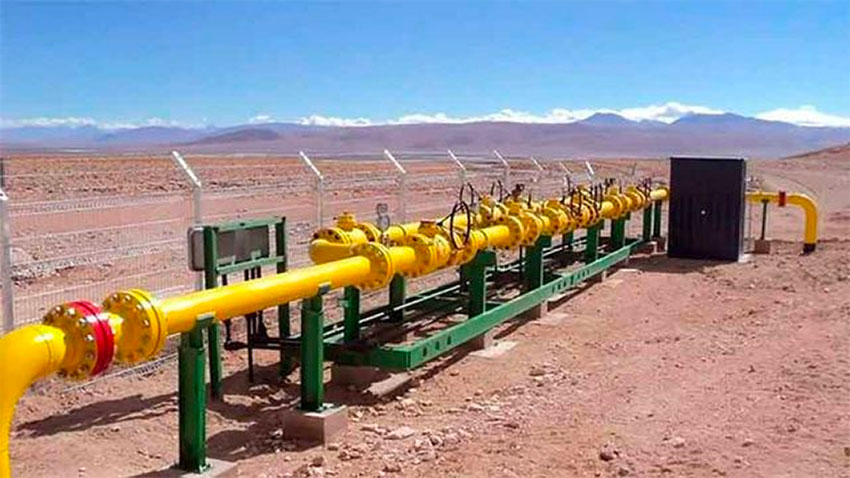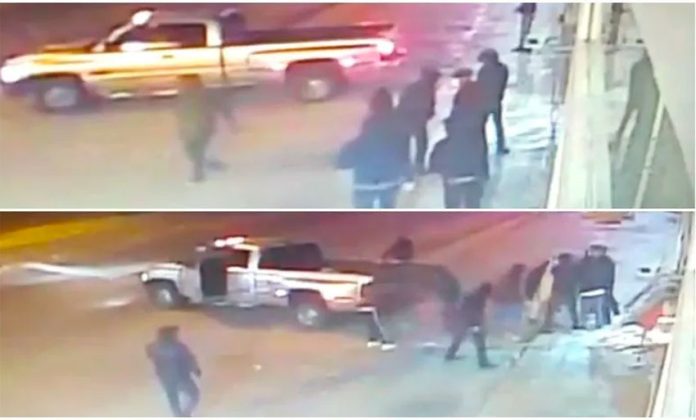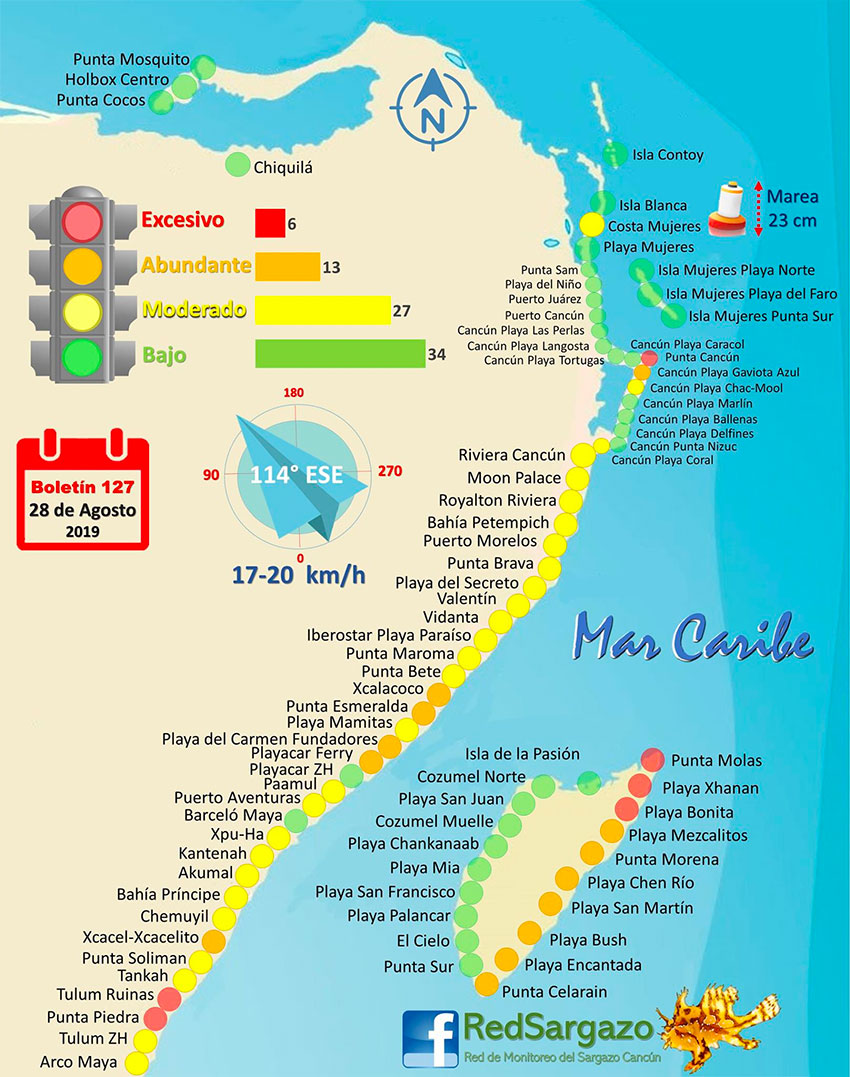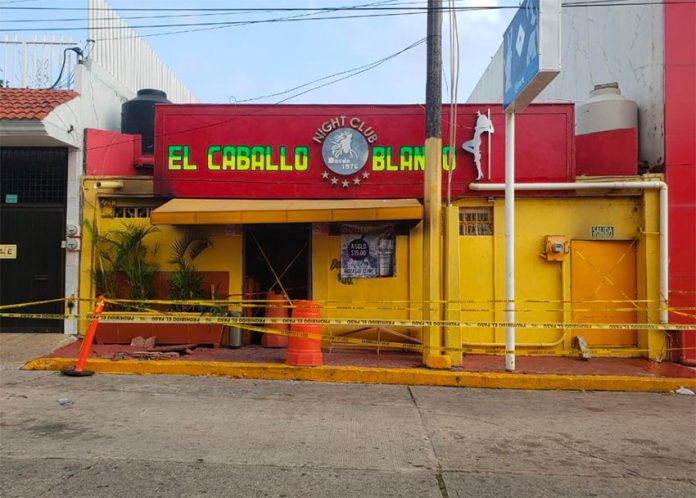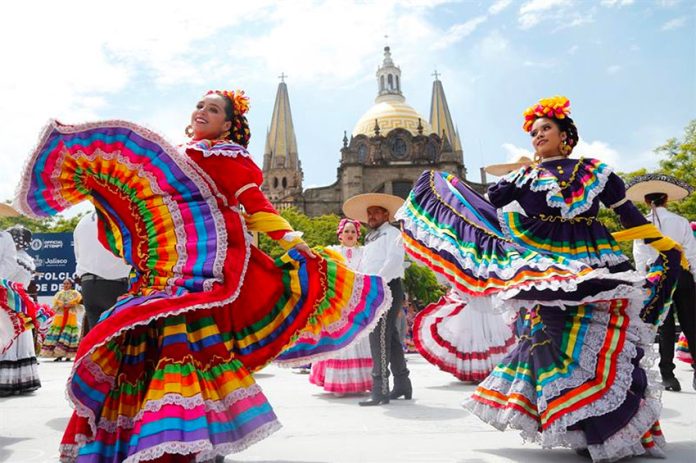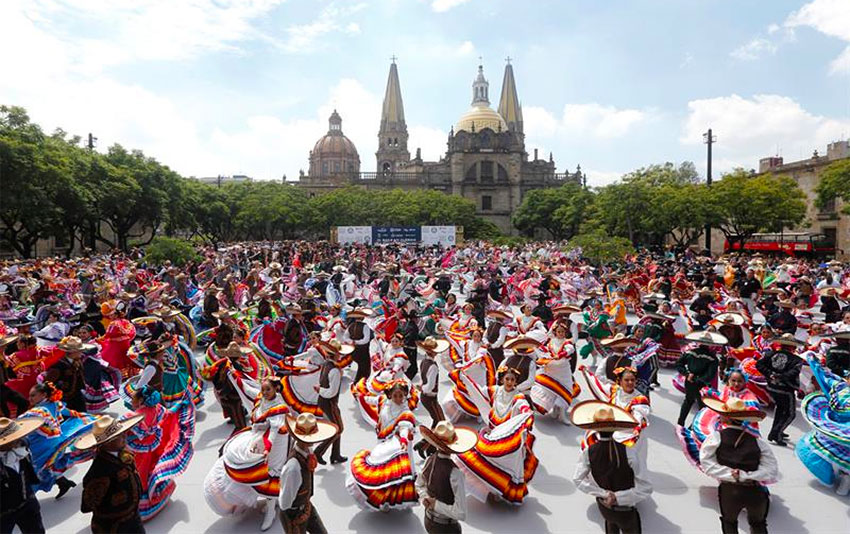A good friend of mine gave me a book for my birthday this year called Sapiens: A Brief History of Humankind (Harari, 2015). She added a kind and brilliant note on the first page: “I hope that in your darkest and strangest moments, you can understand that we are only apes.”
I only got the book a couple of days ago but haven’t been able to put it down. The gist of the first section is a reminder — and we humans do need to be reminded often — that we are animals, first and foremost — that share this planet with all other living things. For better or worse, we manipulate the world around us at our and all others’ peril.
Though we’re not sure why or how, our already-large brains very suddenly got smarter in what the author calls the Cognitive Revolution starting some 200,000 years ago, propelling us to become the rulers of the earth despite the physical disadvantages which should have kept us squarely in the middle of the food chain.
We rule now as a species — predictably, perhaps, inevitably — as any newly anointed 9-year-old boy-king would. Our intention is to be good, but our big brains are great at inventing things, not dealing with the consequences of those inventions.
During our 200,000-year reign, humans have rained disaster on the planet and all its creatures large and small. Most recently our big brains have brought us global warming. Despite our precociousness, we don’t seem to have the ability to make wise decisions.
For an excellent mediation on this, read Daniel Quinn’s novel, Ishmael (1992).
But this is a column of hope, not of shoulder-shrugging surrender. I believe in our ability to get better. After all, what’s the alternative? “Everything is awful, so let’s just keep on making it awful!” is no way to live.
So, hear me out, folks. Some societies have had worse problems than Mexico and solved them. Famine, environmental degradation, war, genocide, the rule of organized crime can be remedied. We can pull it off, too.
Hope keeps me mulling over solutions radical or silly. These are desperate times requiring desperate measures. Here are some thoughts on what is being or could be done to blunt the impact of our greed, apathy and poor decision making:
The environment must take priority. I’ve been heartened to see Mexico taking steps to make care and stewardship of the environment of preeminent importance. Single-use plastic and Styrofoam are on the way out, more efficient and cleaner water distribution systems are being tested, and students and innovators from all over are finding ways to reduce the hurt we inflict on our environment.
For these efforts, Mexico — indeed, all countries — must adopt an “all-hands-on-deck” approach, ensuring that funds and resources available to these endeavors are tantamount to their importance. To continue to live on this planet some key puzzle pieces need to fall into place to ensure our survival.
All politicians and public servants should take a vow of lifetime relative poverty. Look, being a politician is a job of service. We can’t move forward on our goals when the stewards of our institutions are corrupt.
I’m not against people earning and having money. But when politicians have million-dollar condos in the U.S. but there isn’t medicine, updated equipment, or even soap in the bathrooms at public hospitals and schools, something is deeply wrong. Perhaps a salary tied to the median wage would weed out those whose wish to benefit financially from a position of power that trumps the need to be of service to the citizens whose needs they represent.
All politicians and people in charge of the Public Education Secretariat (SEP) must send their own children to public schools. Imagine how much they’d improve if those in charge of this institution had a vested, personal interest in making sure they were of the highest possible quality?
Police and Civil Protection must be selected, trained and paid like professionals. Police are asked to put their lives on the line for everyone that might require protection.
My husband once went to Amsterdam, had a few too many bites of a “space cake,” and with his friend, wound up sleeping on a bench in the park when they couldn’t find a hotel room. A police officer approached them, not to tell them to scram, but to make sure they were all right. This is what police are supposed to do. Their No. 1 job is to protect average citizens.
People must be paid fair wages tied to the cost of living. Most criminals are not criminals because they’ve made a hobby of destabilizing society. People are naturally cooperative creatures, and we want to be of use to our families and our communities. When we can’t find an appropriate place for ourselves, we’ll usually find an inappropriate one. Let’s make it easier for people to find a dignified place in society.
I want my daughter’s teacher to be making 40,000 pesos a month, not 8,000 a month. I want garbage collectors to be making good money — where would we be without them? I want doctors, nurses, administrators and janitorial staff at hospitals to live solid middle-class lifestyles.
The jobs we do are important in different ways, but they’re all important and our ability to have decent lives should reflect that. Mexico does have the money to make this happen. It’s not a problem of quantity; it’s a matter of honesty — the opposite of corruption — and distribution of wealth.
To accomplish all of this, we might need to temporarily “outsource” oversight to an impartial international body. There’s no shame in asking for help. When a marriage is in trouble, counselors are sought. Getting help is the wise thing to do if solutions are to be found.
We humans can tell stories. We can be creative. We can set a structure in place and follow it. I believe in the possibility of wisdom and transcendence. We have made ourselves the gods of this world. Now it’s time to step up and save it and ourselves.
Sarah DeVries writes from her home in Xalapa, Veracruz.




